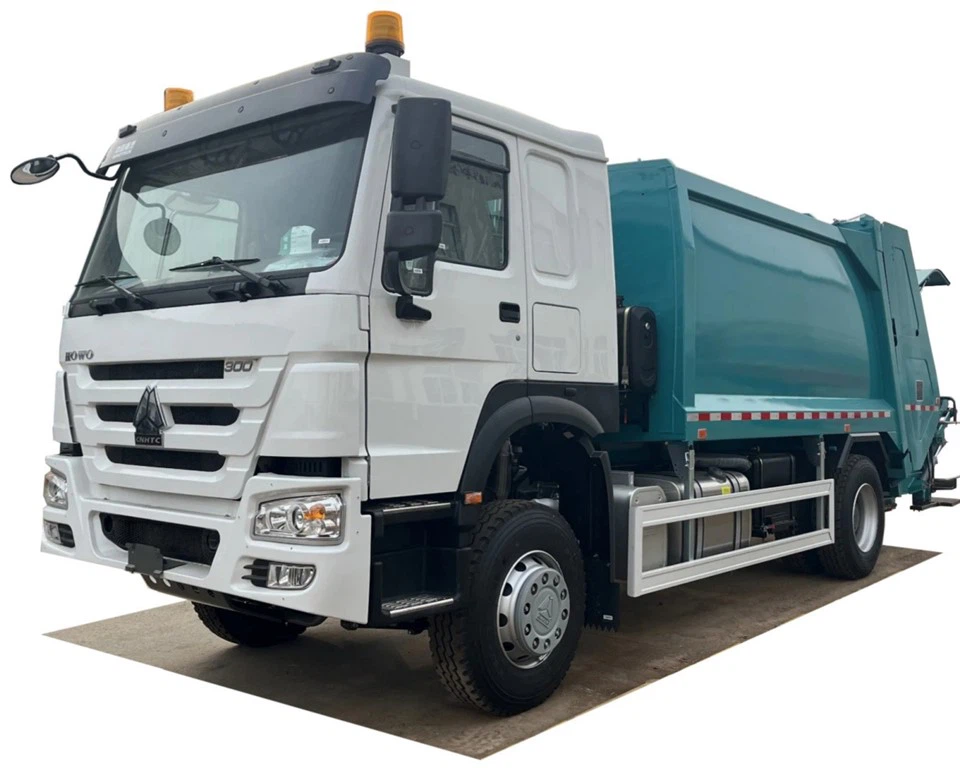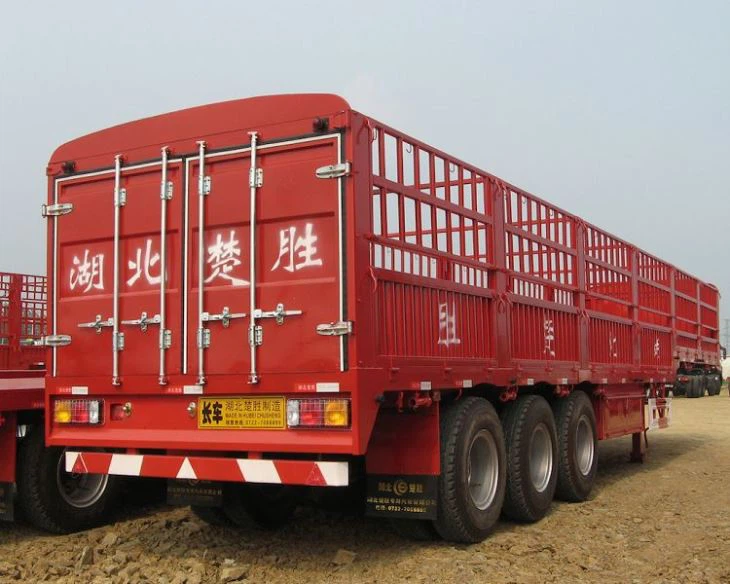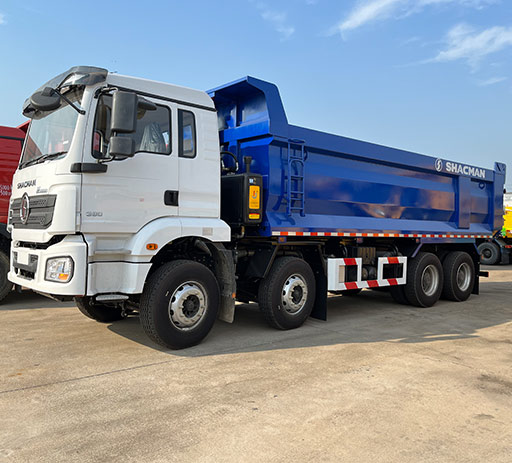What is a Retarder on a Truck? A Comprehensive Guide

Introduction
The world of trucking comprises numerous specialized systems and components that ensure safety, efficiency, and optimal performance. One such component is the retarder, a vital tool that enhances braking performance, especially when descending steep grades. This article will delve deep into what a retarder is, how it functions, its types, benefits, drawbacks, and practical tips for truck drivers. By the end of this guide, you will have a thorough understanding of this crucial truck braking system.
Understanding the Basics of Truck Braking Systems
Types of Braking Systems
Before we dive into retarder specifics, it’s essential to understand the two primary types of braking systems used in trucks:
- Service Brakes: These are the main brakes used to slow or stop the vehicle during regular operation.
- Auxiliary Brakes: These are used in conjunction with service brakes to provide additional stopping power and help reduce wear on the primary braking system.
What is a Retarder?
A retarder is a type of auxiliary braking system that helps slow down a truck, especially on long descents. It works by creating resistance to the vehicle’s movement, thereby reducing speed without relying solely on service brakes. This feature is particularly important in preventing brake fade, which can occur when traditional brakes are overstressed during prolonged use.
How Does a Retarder Work?
Retarders work by utilizing different principles to create a braking effect. Depending on the design, they can either use mechanical, hydraulic, or electric methods to generate resistance. The most common types of retarders include:
1. Engine Brake (Jake Brake)

Commonly referred to as “Jake brakes,” these utilize an engine’s inherent design to create resistance by releasing compressed air from the cylinders, converting the engine into a temporary air compressor.
2. Transmission Retarder
This type uses the vehicle’s transmission system, where additional components create drag and slow down the vehicle when needed.
3. Hydraulic Retarder
In hydraulic retarders, fluid is used to create resistance. This type typically employs a fluid coupling to generate a braking force by dissipating energy through hydraulic fluid movement.
Benefits of Using a Retarder
Here are some notable advantages of using a retarder in trucks:
- Reduced Brake Wear: Excessive use of service brakes can lead to rapid wear and tear. A retarder significantly reduces this wear.
- Improved Safety: By providing consistent braking power during long descents, retarders enhance overall safety.
- Enhanced Control: Retarders enable drivers to maintain optimal control of the vehicle in challenging driving scenarios.
- Fuel Efficiency: Engine friction and drag can help maintain speed, thus improving fuel consumption on downhill routes.
Retarder Types in Detail
1. Engine Brakes
Engine braking works by increasing the engine’s resistance when slowing down. Some characteristics include:
- Engagement is automatic when the accelerator pedal is released.
- The associated noise level is significant; many drivers lessen their use in noise-sensitive areas.
2. Transmission Retarders
Transmission retarders use the vehicle’s transmission to provide extra braking capability. These systems often feature:
- Control switches that allow drivers to adjust the braking intensity.
- Integration into the truck’s gear system, making it easier to manage.
3. Hydraulic Retarders
Hydraulic retarders are less common than engine and transmission brakes but provide a smooth braking experience:

- They function mechanically, offering gentle yet effective deceleration.
- Driver input can modify the intensity of the braking effect.
How to Use a Retarder Effectively
Driver proficiency in using a retarder enhances its benefits. Here are some practical tips:
1. Understand Your Truck
Every truck has its unique retarder system. Familiarize yourself with its operational guidelines, including controls and engagement parameters.
2. Engage Appropriately
Use the retarder on grades or steep declines but disengage when on flat terrain to preserve fuel.
3. Combine with Service Brakes
Do not solely rely on the retarder; always be ready to use service brakes if you need additional stopping power.
Common Misconceptions About Retarders
1. Retarders Are the Same as Service Brakes
This is one of the most common misconceptions. While both systems contribute to slowing down the vehicle, retarders are auxiliary systems designed to reduce wear on primary brakes.
2. All Retarders Are Noisy
While engine brakes can be loud, not all retarders create significant noise. Transmission and hydraulic systems often operate much quieter.
Potential Drawbacks of Using a Retarder
Despite their benefits, there are some drawbacks to consider:
1. Weight Considerations
Adding a retarder system can increase truck weight, reducing overall payload capacity.
2. Learning Curve
Drivers may need time to adjust to using a retarder efficiently, particularly if they are accustomed to traditional braking systems.
Real-World Examples of Retarder Usage
1. Long-Distance Trucking
In long-haul trucking across mountainous regions, drivers heavily rely on retarders to maintain safe speeds during downhill sections.
2. Urban Deliveries
For urban drivers who frequently stop and start, using a retarder can assist in maintaining smoother control and minimizing brake wear.
Frequently Asked Questions (FAQ)

What is the primary purpose of a retarder on a truck?
The primary purpose is to assist in slowing down the truck without putting excessive strain on the service brakes, especially during long descents.
How does an engine brake differ from a hydraulic retarder?
An engine brake utilizes engine compression to slow down the vehicle, while a hydraulic retarder uses fluid resistance to provide braking force.
Can retarder systems be added to any truck?
Many modern trucks come with built-in retarder options, but retrofitting older models may require extensive modifications and is not always feasible.
Are there any maintenance requirements for retarders?
Yes, regular checks are recommended to ensure optimal performance and safety, particularly for fluid-filled systems.
Can using a retarder help with fuel efficiency?
Yes, by allowing the engine to manage speed on descents, a retarder can enhance overall fuel consumption during heavy loads.
How do I know when to engage the retarder?
Engage the retarder when approaching a downhill slope or long-grade section, and disengage once you reach level ground.
